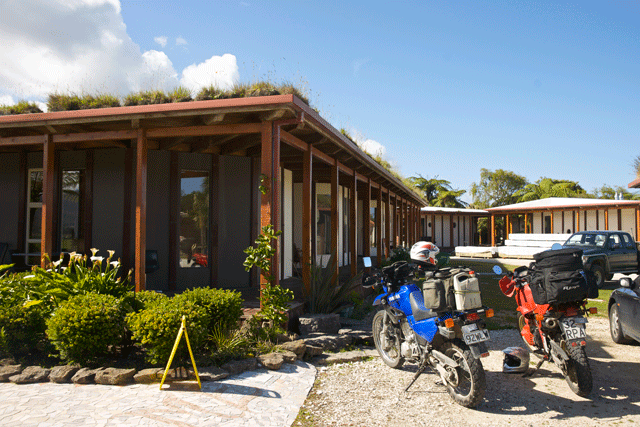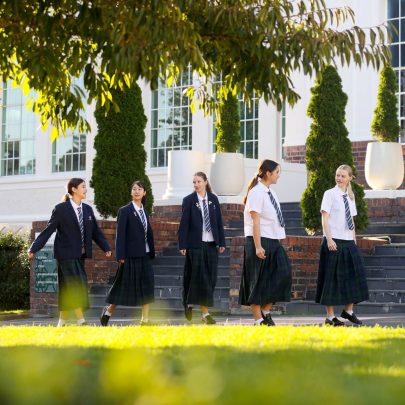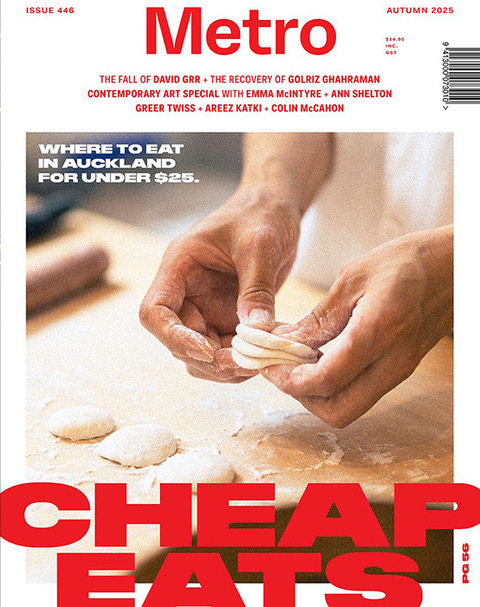Aug 2, 2015 Schools
A third of the country’s population currently lives in Auckland and researchers at the Agribusiness and Economics Research Unit at Lincoln University predict that 40 per cent of economic activity will be concentrated there by 2042. But what does that mean for the rest of the country? Are our regional centres really dying, as is often claimed, and the country becoming a collection of so-called “zombie towns”? What is the future for life in New Zealand outside the main urban centres?
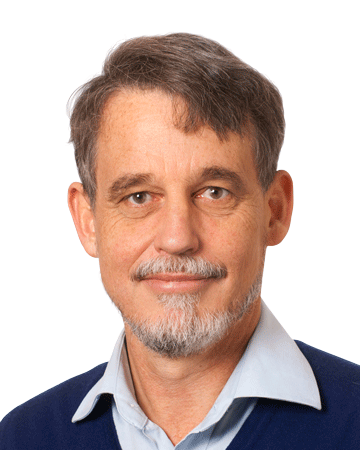 “I personally hate the term, ‘zombie town’,” says Paul Dalziel, Professor of Economics at Lincoln University and co-author of the book, Wellbeing Economics: Future Directions for New Zealand. “Some towns suffer a terrible shock with the closure of the major employer, for example, a sawmill or a freezing works, and as a consequence, the whole viability is called into question. But that doesn’t mean the people living there are zombies. People have created a life for themselves over decades and there are features of living in that place they want to retain.”
“I personally hate the term, ‘zombie town’,” says Paul Dalziel, Professor of Economics at Lincoln University and co-author of the book, Wellbeing Economics: Future Directions for New Zealand. “Some towns suffer a terrible shock with the closure of the major employer, for example, a sawmill or a freezing works, and as a consequence, the whole viability is called into question. But that doesn’t mean the people living there are zombies. People have created a life for themselves over decades and there are features of living in that place they want to retain.”
And where they often manage to do so. Consider, for instance, Karamea at the northern tip of the West Coast, a tiny town that suffered the closure of its sawmills and dairy factory, but has been reinventing itself as a tourist destination, as the entrance point (or end point) of the Heaphy Track. “It’s a good example of where good people have created a good life, where there have been major shocks to their economy but now they are looking for ways to find new opportunities based on their knowledge of the local environment,” Dalziel says.
New Zealand still remains a land of opportunity; we have the space, we have the reputation, we have the technology. “A key question is ‘what are the assets available to a small community?’ That includes its environmental heritage, which in some communities might be unexplored – they might have a history of producing beef and lamb and haven’t really explored different opportunities for their region.”
Part of the future, he suggests, will be in “functional foods”, the alternative types of biological products to traditional products such as lamb, dairy, forestry and fishing. Blackcurrants, for instance. The New Zealand Blackcurrant Co-operative now has more than 40 growers in two main regions, Nelson and Canterbury. “This was a relatively new crop when it began to be grown [in the 1980s] but is highly valued for its pharmaceutical properties in countries like Japan. And these are good regions for growing blackcurrants, so it’s a new product that is being developed very successfully.”
The blackcurrants are marketed with a proven traceability system so that the fruit can be traced back to its source. New Zealand has a strong profile for food safety and quality that’s worth drawing attention to, and a robust tradition of agricultural research and development to harness. “The classic example has been kiwifruit and Zespri. Kiwifruit was imported from China, horticulturalists began experimenting and developing cultivars relevant to the New Zealand climate, and we had challenges with disease that people responded to with further research and development. The Zespri crops are now a very important part of the Bay of Plenty economy which, two generations ago, nobody was even thinking about. That’s an example of the combination of research and development, and being aware of what customers are valuing in international markets.”
Think about the wine-growing regions in France, he says, and how the concept of terroir is used to sell wines from particular regions. Similarly, there are plenty of places in New Zealand that are worth boasting about. “The regions are discovering what makes them special.” Modern communication technology allows producers to sell that sense of place all around the word. “People can now use their phones to click on a barcode for a new market from Icebreaker, and can get the whole history of how that garment came to be in front of them in the store… New Zealand producers can now communicate directly with their final customers, wherever they might be on the globe. That’s the sort of value we have to capture.”
As Dalziel’s research highlights, connectivity will be crucial to regional development, through roads and small regional airports, and through investment in high-speed broadband infrastructure. “We must ensure the whole country is well-connected, both within New Zealand and globally.”
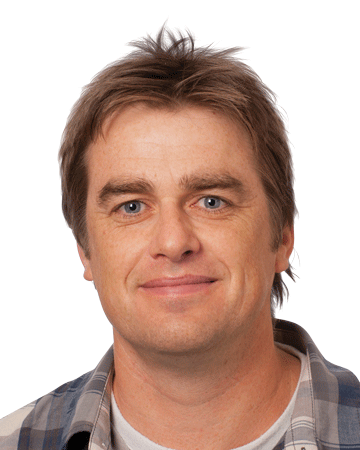 Michael Mackay, lecturer in Rural Sociology in the Faculty of Environment, Society and Design at Lincoln, is similarly optimistic. His research has focused on rural and urban change in New Zealand, and the emergence of new landscapes of production and consumption and “placebased” identities, and what he refers to as the “global countryside”.
Michael Mackay, lecturer in Rural Sociology in the Faculty of Environment, Society and Design at Lincoln, is similarly optimistic. His research has focused on rural and urban change in New Zealand, and the emergence of new landscapes of production and consumption and “placebased” identities, and what he refers to as the “global countryside”.
“The rural regions have been having to deal with constant change since the 1980s, since farming subsidies stopped. But rural people are now having to proactively adapt to a much more complex and interconnected world.” Look at Banks Peninsula Farms, he says, a group of family farmers that has put a new spin on what it does, now producing high quality strong wool for designer rugs for the global market. Like the blackcurrant producers, the company highlights the progeny of its product, “from farm to floor”, using a traceability system that allows consumers to pinpoint the exact farm on which the wool in their rug was grown. “So they, like so many other rural entrepreneurs, are being innovative – developing new niche products and new skills and capacity so they can connect directly with and seize opportunities within markets overseas.
“Diversification is key,” he says. “We need to be thinking about multifunctional rural spaces, with more than one purpose; tourism, commercial recreational, residential lifestyle blocks. Communities need to work out for themselves what their aspirations are, and, if they want economic growth, they need to be thinking around all the different opportunities. So tourism is at one end, farming at the other, but in between are all sorts of small businesses that could be encouraged to move into the regions.”
He points to the Alps 2 Ocean cycle trail that links the Southern Alps to the Pacific Ocean. It has been something of a boon to emerging businesses in remote but beautiful parts of New Zealand, such as the Waitaki Valley. “Places like Otematata, Oamaru, Kurow and Duntroon have got a new lease of life. During our research, we ended up in a pub in Oamaru at 6pm, and there was a constant flow of cyclists coming into this country pub in their lycra and clicky shoes, having a beer and a meal and getting on their bikes. And you’re starting to see motels promoting the cycle trail, you’ve got cafes popping up, farmers thinking about how they can turn barns into accommodation… it doesn’t take much to think about the potential around other trails.”
Communities are getting better at marketing their place as a destination, Mackay says. “Every small rural town now seems to have not one but a suite of festivals celebrating some element of local culture.” Or they are hosting sports events, which take advantage of the remarkable landscape — the Cromwell summer series, for instance, with its Cromwell Half Marathon, the Bannockburn Gutbuster and the Lake Dunston Triathlon. “They’re what I call ‘hybrid rural spaces’ combining, in interesting ways, recreation and tourism opportunities with primary production.”
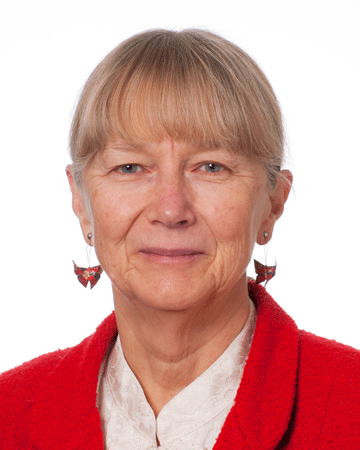 Of course, the future of the regions will depend on people staying there and moving there. But according to Lin Roberts, Senior Lecturer in Sustainability and Environmental Management at Lincoln, more people might if they were encouraged to reflect on what mattered to them. She and colleagues have recently produced a report, “The ecology of wellbeing: how nature’s ecosystem services contribute to the wellbeing of New Zealand and New Zealanders”, commissioned by the Department of Conservation. It looks at the role ecosystems play in our satisfaction with life; how nature provides us not only with the air we breathe and the water we drink but also helps protect us from floods and pollution, contributes to our sense of identity, inspires creativity and provides countless opportunities for recreation and leisure.
Of course, the future of the regions will depend on people staying there and moving there. But according to Lin Roberts, Senior Lecturer in Sustainability and Environmental Management at Lincoln, more people might if they were encouraged to reflect on what mattered to them. She and colleagues have recently produced a report, “The ecology of wellbeing: how nature’s ecosystem services contribute to the wellbeing of New Zealand and New Zealanders”, commissioned by the Department of Conservation. It looks at the role ecosystems play in our satisfaction with life; how nature provides us not only with the air we breathe and the water we drink but also helps protect us from floods and pollution, contributes to our sense of identity, inspires creativity and provides countless opportunities for recreation and leisure.
But the measures of wellbeing have tended, in a neo-liberal context, to emphasise the economic and the individual, a framework in which individual wellbeing is measured and rewarded in terms of financial achievement, and the success of a place measured by its GDP. Yet, she argues, personal fulfilment is more likely derived from a myriad other things, like close relationships, helping others, having the freedom to set our own goals, enjoying time in nature. And many of these needs might be more easily met outside the urban centres, “where much less of your time is spent getting from A to B, and you have a better chance of knowing your neighbours, where you feel you belong and can link yourself to a community.
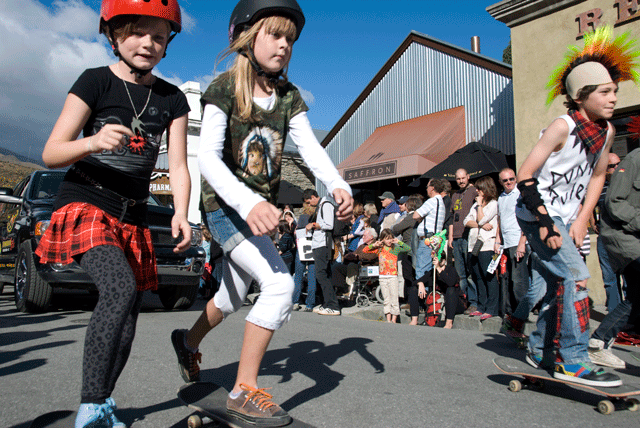
“So what I’m keen to work out is what are the vehicles to encourage that sort of social discussion, to think about the things that are really important. A lot of New Zealanders are involved in ecological restoration projects, they recognise that they value nature and would like to work with others in a natural setting, restoring the dawn chorus or whatever. But at the same time they might be making other choices – about their travel and investments, for instance – which is part of why our biodiversity is in decline, why our climate is in trouble. We are living and making choices, unconsciously usually, that are impacting on the things that we value.
“One of the problems in getting people to act sustainably is that it’s often sold as deprivation, that you have to go without something. But if you come at it from what makes you happy, what makes you feel fulfilled… you may find you can have a higher quality of life and have a lower footprint. This is the idea of the ‘double dividend’. But everyone rushes to the big city, works long hours and consumes a lot, while drawing on resources from all over the country to support that lifestyle. You’re not getting good bang for buck in terms of happiness per impact.”
Not that she’s evoking some pastoral ideal. “There will be some people who will never be at ease in a small town, who want to do things that require a higher population to support. But there are probably a lot of people living in cities who would be happier in a regional centre, as long as it’s one that gives them some work, and where they have reasonable services and don’t feel like the poor cousin.”

